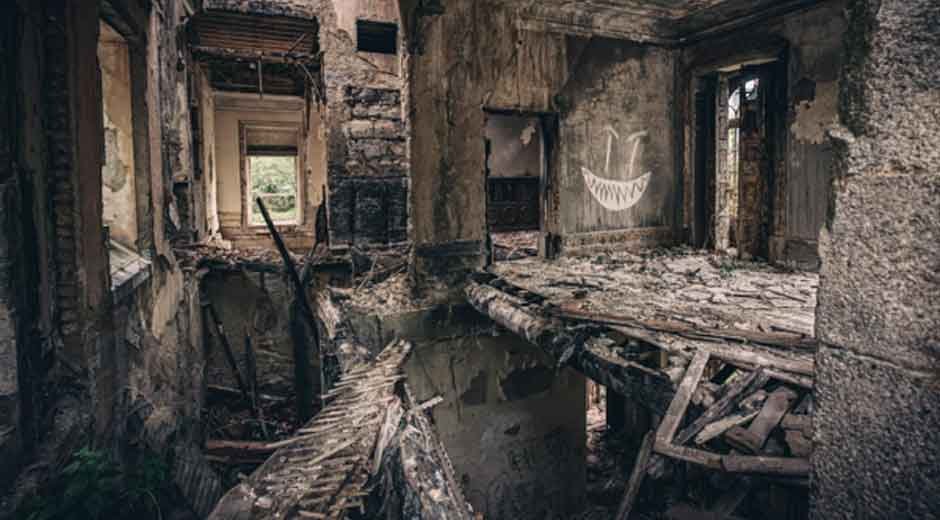A fire emergency plan doesn’t just tick a box for safety compliance. It could save lives, protect property, and keep your business running after the flames die down.
In 2023, U.S. fire losses surged to $23 billion in direct property damage. That’s a lot of scorched office chairs and melted whiteboards. So, unless you want to be part of next year’s statistics, let’s build a solid fire emergency plan.
1. Start with a Fire Risk Assessment
You can’t fight what you don’t see coming. Start by evaluating every part of your commercial property for fire hazards.
- Identify ignition sources: faulty wiring, overloaded circuits, cooking equipment, space heaters, flammable materials.
- Locate potential fuel sources: paper stacks, cardboard boxes, chemicals, furniture.
- Pinpoint people risks: Are there employees with disabilities? Areas with high visitor traffic?
Hire a certified fire protection specialist if you don’t feel confident doing this alone. A third-party perspective can spot things your in-house team may overlook.
2. Back Up Your Business
Even with the best fire plan, sometimes flames win. Prepare for recovery (not just survival).
- Store important documentsin fireproof safes or secure cloud platforms.
- Review your insurance coverage. Check that it includes commercial fire damage restoration, business interruption, and full rebuild costs.
- Develop a business continuity plan: Where will your team work if the office becomes uninhabitable? How fast can you restore operations?
Because “we were on fire” might explain your absence, but it won’t pay the bills.
3. Designate Evacuation Routes and Emergency Exits
Hallways may look wide and open now, but throw in smoke, a little panic, and 30 employees sprinting, and suddenly everything turns into a human traffic jam.
Lay out clear evacuation routes:
- Mark at least twoexit routes per floor.
- Post easy-to-read maps in every room, hallway, and common area.
- Keep paths clutter-freeat all times (yes, even during office renovations).
Ensure all emergency exits have illuminated signs and are accessible to everyone, including wheelchair users.
4. Set Up an Internal Fire Response Team
You do need people trained and ready to act fast.
Appoint team members for roles such as:
- Evacuation leaders: Guide people out, check rooms, and keep everyone calm.
- Floor wardens: Count heads and verify full evacuation.
- First aid officers: Handle minor injuries before paramedics arrive.
- Fire extinguisher operators: Trained in proper use and assessment of when it’s safe to attempt containment.
Train these people well, and retrain them regularly.
5. Install and Maintain Fire Protection Equipment
No fire plan works without the right gear. Install essential equipment across your property:
- Smoke detectors: Place them in every room and test them monthly.
- Sprinkler systems: Don’t skimp here. These stop fires before they turn catastrophic.
- Fire extinguishers: Mount them within 75 feet of any point in the building, per OSHA guidelines.
- Fire blankets and hose reels
- Fire alarm systems: Both visual and audio alerts.
Don’t just install this stuff and walk away. Keep maintenance logs, test systems regularly, and schedule professional inspections at least once a year.
6. Create a Detailed Emergency Response Plan
Here’s where you write down everything, clearly and simply.
Your fire emergency plan should include:
- A step-by-step evacuation process.
- Contact info for emergency services and key internal personnel.
- Locations of fire extinguishers, alarms, and first-aid kits.
- Procedures for assisting individuals with mobility challenges.
- A plan for shutting down critical operations (like cutting power to heavy machinery).
Print the plan and post it in visible areas, especially near exits and in meeting rooms.
7. Establish a Safe Assembly Point (And Make It Non-Negotiable)
Once people evacuate the building, they need to know where to go. Choose a spot far enough away from the building (and the chaos), but close enough for accountability.
At the assembly point:
- Take roll callusing attendance sheets or digital check-in systems.
- Report missing individualsimmediately to firefighters.
- Wait for the all-clearbefore re-entering the building, no matter how badly someone wants to grab their laptop.
A good assembly point prevents confusion, ensures accountability, and gives emergency services clear info.
8. Train Everyone
Your fire emergency plan is only as good as the people who follow it. So, make training a regular thing, not just once a year.
Here’s how to make it stick:
- Host fire drills quarterly. Mix up scenarios – block one exit, add “smoke,” or pretend someone’s injured.
- Quiz your teamon fire extinguisher use. .
- Run surprise drills. Yes, people will groan, but they’ll also remember what to do when it matters.
Keep everyone updated. Make fire safety part of onboarding.
9. Coordinate with Local Fire Services
Invite your local fire department for a walkthrough of your building. They can:
- Point out overlooked risks.
- Suggest safer layout alternatives.
- Familiarize themselves with your property for faster response later.
You can also ask them to help with employee training. They love educating the public, and they have better stories than your typical HR trainer.
In Conclusion
Fires move fast, but so can you. If you have a plan. Creating a fire emergency strategy for your commercial property doesn’t require a PhD. It takes preparation, training, and a little teamwork.
The payoff? Safer people, protected property, and fewer sleepless nights.
So, grab a clipboard, rally your team, and fireproof your future before things get too hot to handle.












